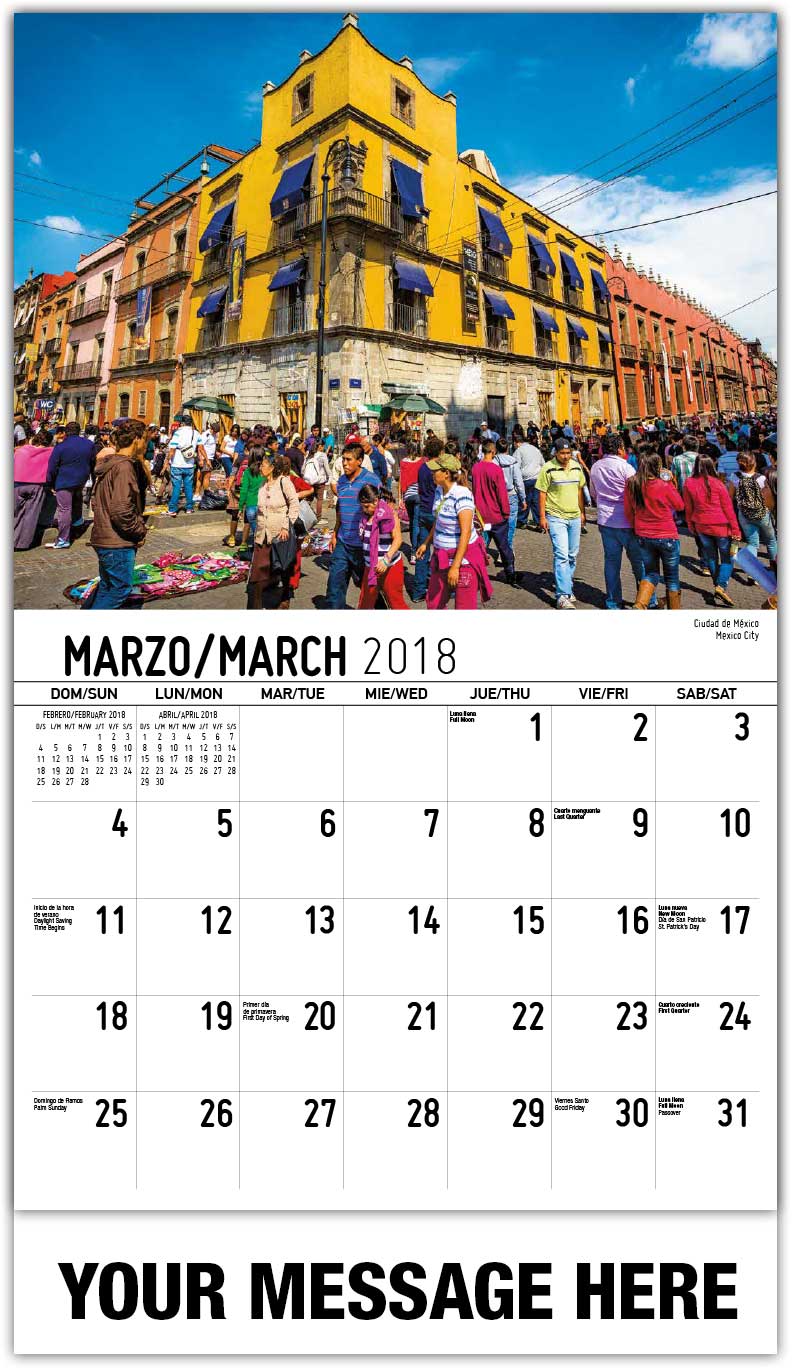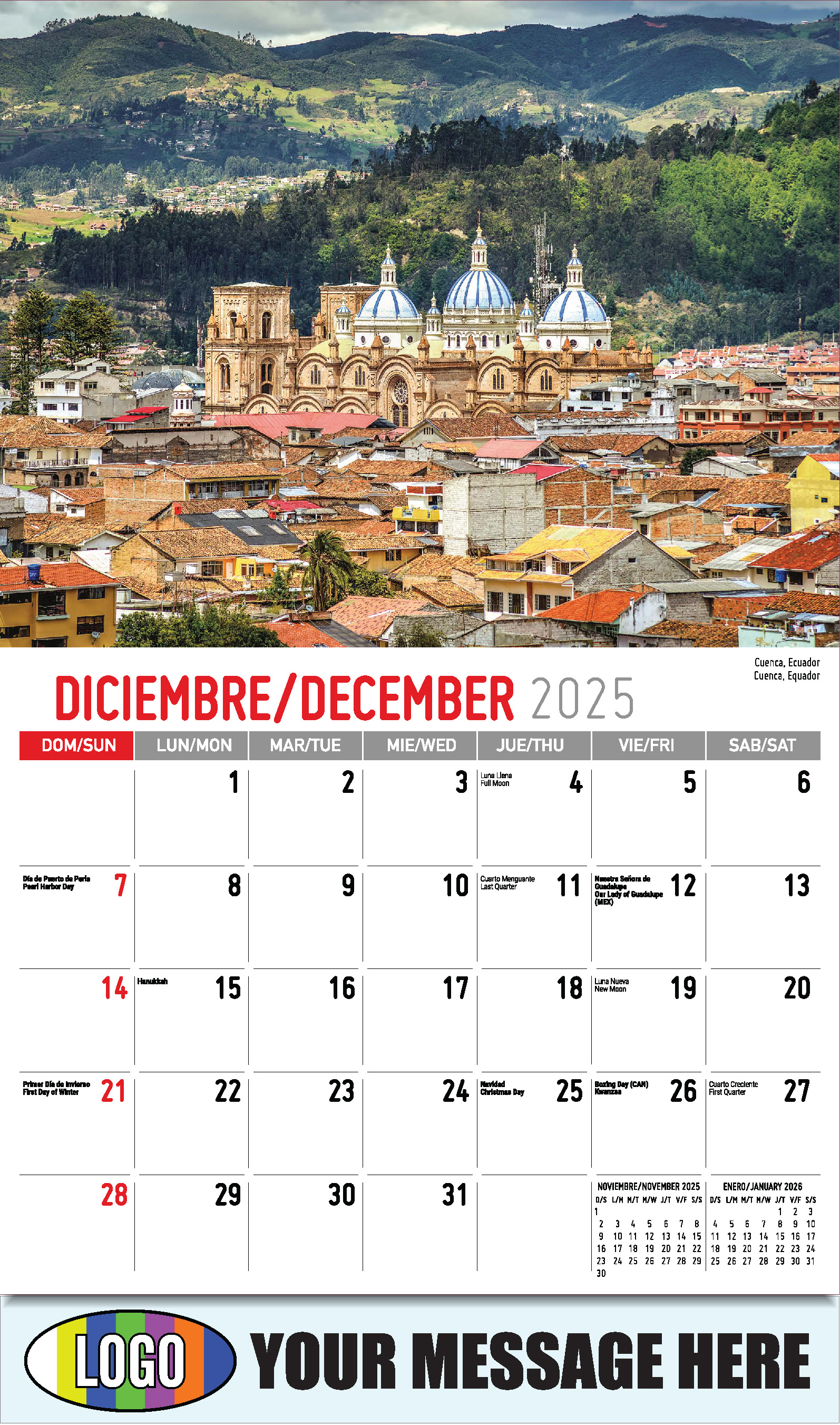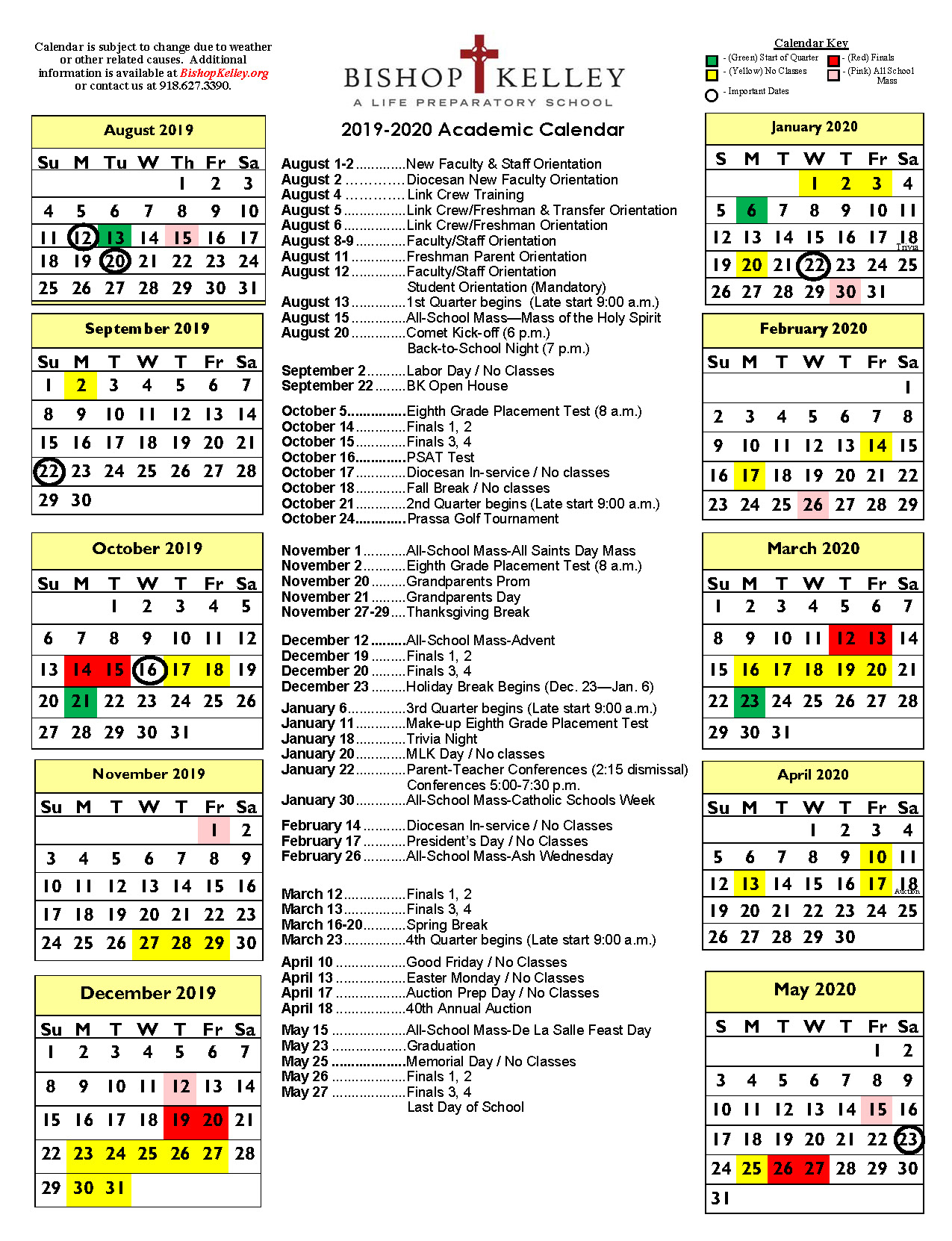Navigating the 2025 Mexican Calendar: A Mix of Saints and Secular Celebrations
Associated Articles: Navigating the 2025 Mexican Calendar: A Mix of Saints and Secular Celebrations
Introduction
With nice pleasure, we’ll discover the intriguing subject associated to Navigating the 2025 Mexican Calendar: A Mix of Saints and Secular Celebrations. Let’s weave fascinating data and supply contemporary views to the readers.
Desk of Content material
Navigating the 2025 Mexican Calendar: A Mix of Saints and Secular Celebrations

The Mexican calendar is a vibrant tapestry woven from threads of indigenous traditions, Spanish colonial affect, and fashionable secular life. Not like the Gregorian calendar used internationally, the Mexican calendar incorporates a singular layer of cultural significance by way of the widespread use of saint’s names to mark particular days. This observe, deeply rooted within the nation’s historical past, provides a wealthy dimension to on a regular basis life, shaping celebrations, influencing social gatherings, and even impacting agricultural practices. Understanding this interaction of saints and secular dates is vital to appreciating the nuances of Mexican tradition and the distinctive rhythm of life in 2025.
The Historic Context: A Syncretic Calendar
The fusion of indigenous and Catholic traditions is paramount to understanding the Mexican calendar. Earlier than the Spanish conquest, varied indigenous teams, such because the Aztecs and Maya, maintained their very own intricate calendars based mostly on astronomical observations and agricultural cycles. The arrival of the Spanish introduced with it the Catholic calendar, replete with saints’ days. Quite than utterly changing indigenous programs, the Spanish imposed their calendar alongside the prevailing ones, leading to a syncretic calendar the place indigenous beliefs and practices usually blended with Catholic celebrations. This course of created a singular calendar system, the place the identical date would possibly maintain each indigenous and Catholic significance.
Saints’ Days: Extra Than Simply Spiritual Observances
In 2025, as in earlier years, many days might be marked by the celebration of a selected saint. These celebrations, usually referred to as fiestas patronales, fluctuate considerably in scale and depth relying on the locality and the significance of the saint. Some are small, native affairs, whereas others rework whole cities into vibrant festivals. These celebrations usually contain processions, lots, conventional dances, music, meals, and fireworks. The saint’s day isn’t merely a spiritual observance however a neighborhood occasion, strengthening social bonds and reinforcing native id.
Examples of Vital Saints’ Days in 2025:
Whereas a whole itemizing of each saint’s day in 2025 is intensive, highlighting just a few examples illustrates the depth of this cultural phenomenon:
-
January sixth: Día de Reyes (Three Kings Day): Whereas primarily a secular celebration marking the arrival of the Magi, it’s deeply intertwined with Catholic custom and infrequently includes the giving of presents, very like Christmas.
-
February 2nd: Día de la Candelaria: Today celebrates the presentation of Jesus within the temple and includes the consumption of tamales, a conventional Mexican dish. Many households draw a figurine of the infant Jesus from a rosca de reyes (King’s cake) on January sixth; the one who finds the figurine hosts the tamales feast on February 2nd.
-
March nineteenth: San José (St. Joseph’s Day): Today is usually celebrated with household gatherings and the consumption of pan de muerto (bread of the lifeless), a candy bread historically related to the Day of the Lifeless but additionally consumed on different events.
-
Could third: Día de la Santa Cruz (Day of the Holy Cross): Today is a major celebration, significantly in rural areas, the place staff usually erect small crosses adorned with flowers and supply prayers for defense and good harvests.
-
October twelfth: Día de la Virgen del Pilar (Day of the Virgin of the Pillar): A major celebration in Zaragoza, Spain, at the present time can be celebrated in lots of elements of Mexico, significantly in areas with robust Spanish colonial ties.
-
November 1st and 2nd: Día de Muertos (Day of the Lifeless): Arguably probably the most well-known Mexican celebration, Día de Muertos is a vibrant and distinctive mix of indigenous and Catholic traditions, the place households collect to recollect and honor deceased family members. This multi-day occasion includes constructing altars, adorning graves, and sharing conventional meals and drinks.
-
December twelfth: Día de la Virgen de Guadalupe (Day of the Virgin of Guadalupe): That is arguably crucial spiritual vacation in Mexico, celebrating the looks of the Virgin Mary to Juan Diego. Tens of millions of individuals take part in pilgrimages and celebrations throughout the nation.
The Interaction of Secular and Spiritual Calendars
It’s essential to grasp that the Mexican calendar is not merely an inventory of saint’s days. It additionally incorporates important secular holidays and occasions, a lot of that are interwoven with spiritual traditions. As an example:
-
January 1st: Año Nuevo (New 12 months’s Day): A common celebration, marked by household gatherings and fireworks.
-
Could fifth: Cinco de Mayo (Fifth of Could): Celebrates the Mexican military’s victory over French forces on the Battle of Puebla in 1862. Whereas a major vacation in Mexico, its celebration is usually extra pronounced in the USA.
-
September sixteenth: Día de la Independencia (Independence Day): A nationwide vacation commemorating Mexico’s independence from Spain in 1810. Celebrations contain parades, fireworks, and conventional meals.
-
December twenty fourth and twenty fifth: Navidad (Christmas): Celebrated equally to different elements of the world, however with a powerful Mexican cultural flavour, together with conventional dishes and festive decorations.
Regional Variations: A Kaleidoscope of Celebrations
The affect of saints’ days and the style of their celebration fluctuate considerably throughout completely different areas of Mexico. What is perhaps a serious pageant in a single state might be a minor observance in one other. This regional range provides to the richness and complexity of the Mexican calendar, reflecting the nation’s numerous cultural heritage and the enduring energy of native traditions.
The Way forward for the Mexican Calendar:
Whereas modernization and globalization proceed to exert affect, the Mexican calendar stays a potent image of nationwide id and cultural continuity. The mix of saints’ days and secular celebrations is prone to persist, reflecting the enduring energy of custom within the face of change. Understanding this calendar isn’t merely an instructional train; it is a key to unlocking a deeper appreciation of Mexican tradition, its historical past, and the colourful tapestry of its each day life. As we transfer into 2025, the Mexican calendar will proceed to information the rhythm of life, mixing the sacred and the secular in a uniquely Mexican approach. The combination of those saints’ names into the on a regular basis calendar is a testomony to the enduring energy of religion and custom in shaping the cultural panorama of Mexico. By understanding this intricate interaction, we acquire a richer understanding of the nation’s id and the colourful tapestry of its celebrations.








Closure
Thus, we hope this text has offered precious insights into Navigating the 2025 Mexican Calendar: A Mix of Saints and Secular Celebrations. We thanks for taking the time to learn this text. See you in our subsequent article!